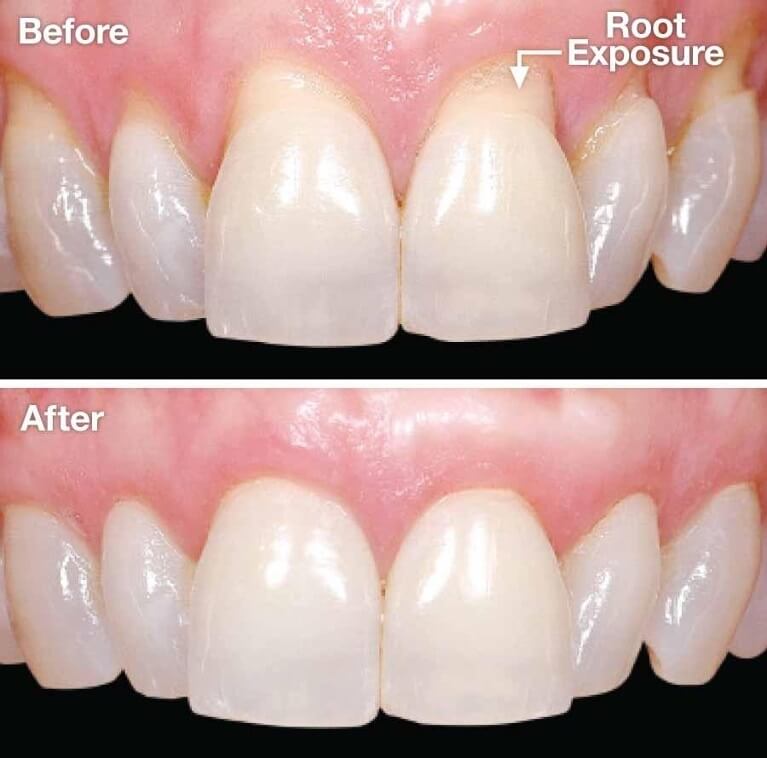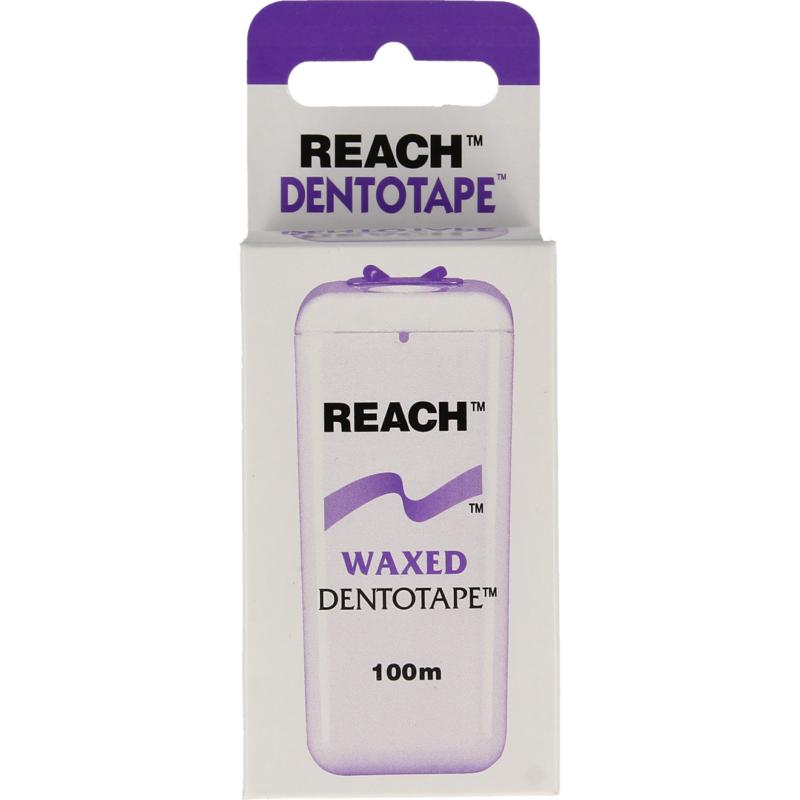Cut On Gum Remedies: Reduce Pain

When the unexpected happens, and you find yourself dealing with a cut on your gum, the pain can be quite unbearable. The gums, being a sensitive area, are rich in nerve endings, making even the slightest injury a significant source of discomfort. While the initial reaction might be panic or distress, there are several remedies and approaches that can help alleviate the pain and facilitate the healing process. Understanding the severity of the cut and employing the right treatment strategies are crucial for minimizing discomfort and preventing infection.
Immediate Care for Gum Cuts
The first step in managing a cut on the gum is to ensure the area is clean to prevent infection. Rinsing your mouth with warm salt water can help reduce swelling and kill bacteria. For this, you can mix 1⁄2 teaspoon of salt with 8 ounces of warm water and swish it around your mouth for about 30 seconds before spitting it out. This should be repeated several times a day, especially after meals and before bed.
Pain Relief Strategies
Cold Compress: Applying a cold compress to the outside of your mouth near the cut can help reduce pain and swelling. You can use an ice pack wrapped in a towel to avoid direct contact with the skin, which could cause discomfort.
Topical Anesthetics: Over-the-counter topical anesthetics like Orajel or Anbesol can provide temporary pain relief. These products contain ingredients like benzocaine that numb the area, reducing pain. However, it’s essential to follow the instructions and avoid using them too frequently.
Over-the-Counter Pain Relievers: For more persistent pain, over-the-counter pain relievers such as acetaminophen (Tylenol) or ibuprofen (Advil, Motrin) can be effective. Ibuprofen also has anti-inflammatory properties, which can help with swelling. Always follow the recommended dosage and consult with a healthcare professional if you have any pre-existing medical conditions or take other medications.
Promoting Healing and Preventing Infection
- Good Oral Hygiene: Continue to brush and floss your teeth as usual, but be gentle around the injured area to avoid causing further irritation or injury.
- Antibacterial Mouthwash: Using an antibacterial mouthwash can help reduce the risk of infection. However, if the cut is deep or you notice signs of infection such as increased redness, swelling, or pus, you should consult a dentist or healthcare provider.
- Soft Foods: Eating soft foods can help minimize irritation to the gums. Foods like yogurt, scrambled eggs, and mashed potatoes are gentle on the gums and can help you maintain your nutrition without exacerbating the injury.
When to Seek Professional Help
While many gum cuts can be managed at home, there are situations where professional medical or dental help is necessary. If you experience any of the following, do not hesitate to seek help:
- The cut is deep or large
- You notice signs of infection (increased pain, redness, swelling, or pus)
- You have a weakened immune system
- The cut doesn’t seem to be healing
- You have difficulty swallowing or breathing
Prompt medical attention can prevent complications and ensure proper healing of the gum tissue.
Preventive Measures
Preventing gum cuts is always the best course of action. Measures such as wearing a mouthguard during sports, being careful when eating hard or sharp foods, and maintaining good oral hygiene can reduce the risk of gum injuries. Regular dental check-ups can also help identify any potential issues before they become major problems.
Conclusion
Dealing with a cut on your gum can be painful and distressing, but with the right approach, you can manage the discomfort and ensure the area heals properly. From immediate care and pain relief strategies to promoting healing and knowing when to seek professional help, being informed is key to navigating this situation effectively. By taking proactive steps and maintaining good oral health, you can not only manage current issues but also prevent future problems.
How do I know if my gum cut is infected?
+Signs of infection can include increased redness, swelling, pain, or pus around the cut. If you notice any of these symptoms, it’s crucial to consult a healthcare provider for further evaluation and treatment.
Can I use oral antibiotics for a gum cut?
+Oral antibiotics should only be used under the guidance of a healthcare provider. While they can be effective against bacterial infections, unnecessary use can lead to antibiotic resistance. For most gum cuts, maintaining good oral hygiene and using antibacterial mouthwashes as directed can be sufficient for preventing infection.
How long does it take for a gum cut to heal?
+The healing time for a gum cut can vary depending on the depth and size of the cut, as well as the individual’s overall health. Generally, small cuts can heal within a few days to a week with proper care. Larger or deeper cuts may take longer and could require professional medical or dental attention to ensure proper healing and prevent complications.


